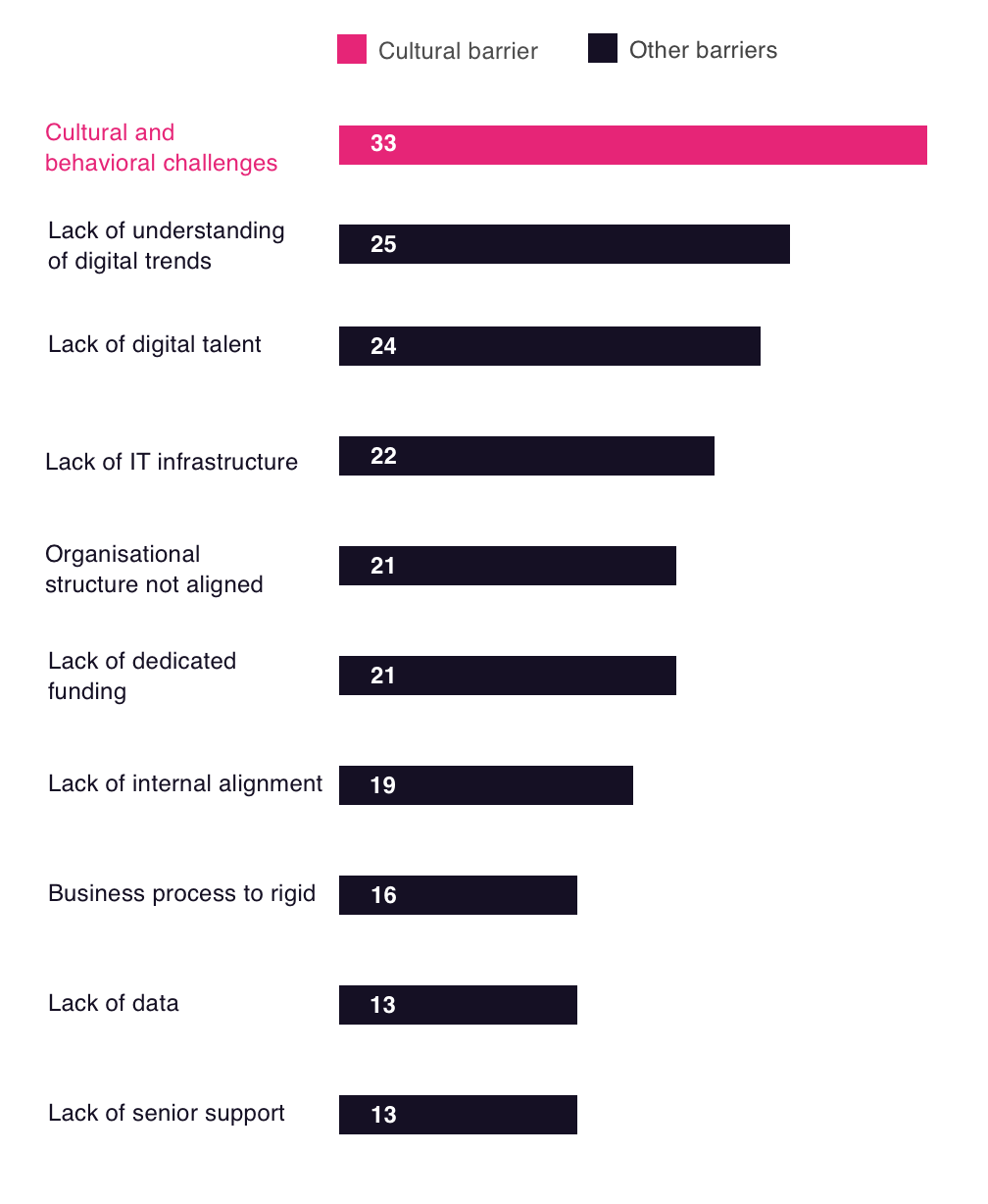A company’s culture is composed of its self-sustaining patterns of behaviour, feeling and thinking – it determines “the way we do things around here.”
“the way we do things around here.” – Let that sink in…
It’s a rigid response to an ever-evolving and increasingly complex world. Mantras like this have caused the extinction of many household brands.
Take Blockbuster, for example, the executives believed that customers enjoyed perusing the aisles looking for films and picking up a bag of popcorn along the way. For them, that was the way films had always been rented, the business was successful (approx. $8.4bn market cap in mid-90’s) and profits were healthy – why change anything.
The corporate culture was risk-averse, and executives did not want to disrupt their traditional revenue model which relied heavily on late fees. They failed to understand that the customer had bought into the experience of a night at home watching a movie – not a trip to their shops. They did not keep up to date with their customer base who first had the option of films being posted to them without incurring late penalties, and then could simply download films from the internet. Ironically Blockbuster had multiple opportunities to purchase Netflix in the early 2000’s.
Conversely, Netflix has now grown to a market cap of $60bn, expanding into 100 countries in less than a decade. Its CEO Reed Hastings understood the needs of the customer and that they could be better met. Rather than being rigid in the mode of delivery, they were focussed on the customer’s core requirement – to enjoy a movie at home. Netflix started as a mail subscription service and then shifted to the online business we know today.
Hastings explained in a presentation that the key to his company’s success was the corporate culture it was built on – self-driven and highly-performing individuals. “Great workplace is not espresso, lush benefits, sushi lunches,” he said. “Great workplace is stunning colleagues.”
The culture of self-discipline likened to that of a professional sports team and always being inquisitive was the key to success for Netflix.
Executives agree that the right corporate culture is key to digital success
A survey conducted in late 2016 of over 2000 executives asked “What are the most significant challenges to meeting digital priorities? 33% responded with Culture!

Three cultural barriers holding back digital success
In our experience of working with medium to large organisations there are three main obstacles to success:
- Risk-averse executives
- Siloed thinking and organisational structure
- Inability to agree on a single view of the customer
Three steps to overcoming cultural barriers
A strong digital strategy is critical to success but you need a culture conducive to its execution.
So how do you get your corporate culture in line with your digital strategy? We find that focusing on the following three areas has the biggest impact on easing the barriers.
1. Support from the top
It’s now widely understood that a digital transformation needs active CEO support throughout the journey. This top-down support, however, has to go beyond the Chief Executive. Companies should start by putting a Chief Digital Officer/Head of Digital in charge of the full digital agenda. Truly changing culture, requires that the support for a digital reinvention flows through the management hierarchy right down to every front-line employee, so the full organisational pyramid is tuned towards digital. Leaders need to shift their style from top-down decision-maker to that of coach.
2. Remove silos:
successful organisations remove silos between departments, functions and reporting lines, instead creating cross-functional teams that are self-organised, non-hierarchical, and empowered to execute projects from start to finish. Digital winners create centres of excellence with teams flexibly deployed across the organisation, which are focused on end-to-end customer journeys rather than locked into a single department or function.
3. Breakthrough risk aversion:
in a digital world, one of the biggest risks is not taking risks. Companies that stand still are the ones that have the most to lose from digital disruption. Taking risks is about being calculated and creating an environment where it is ok to test, fail, and learn. Digital enables the running of multiple small-scale experiments that entail a limited cost in case of failure but can produce highly valuable discoveries.
Without the right corporate culture, reinventing your business for the digital age will likely fail. But if you get it right, the opportunities are vast.
Article by channel:
Everything you need to know about Digital Transformation
The best articles, news and events direct to your inbox
Read more articles tagged: Culture, Featured, Organisational Design







